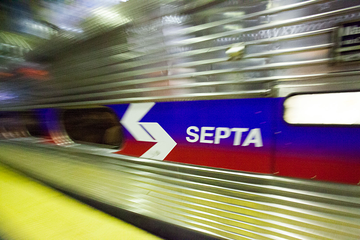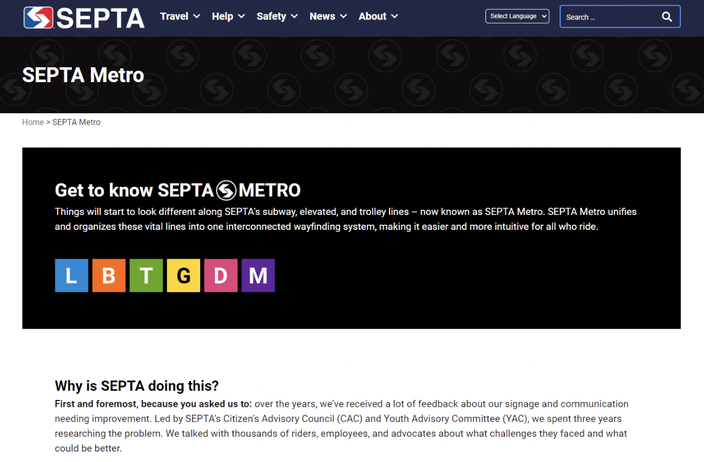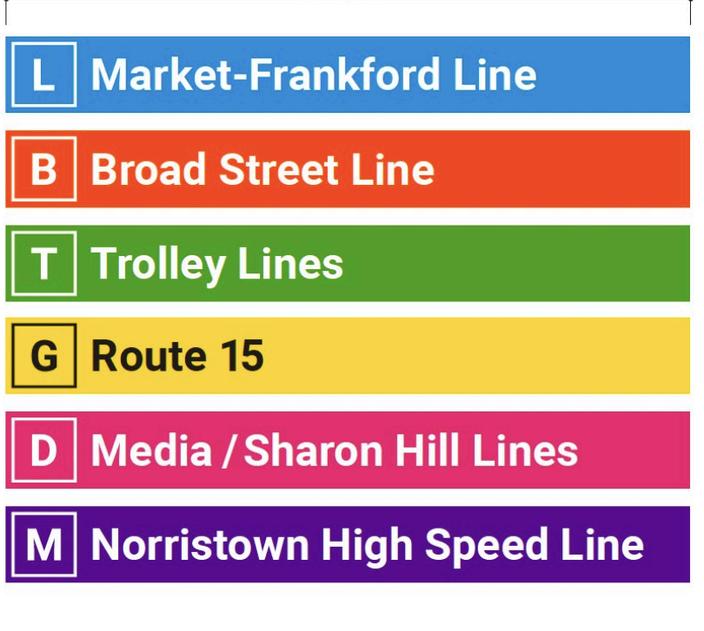
December 06, 2023
 THOM CARROLL/for PhillyVoice
THOM CARROLL/for PhillyVoice
SEPTA's new website aims to familiarize riders with the upcoming switch to new SEPTA terminology. The site also will feature navigation improvements and better performance for mobile users, officials said.
After months of testing, SEPTA will launch its redesigned website Thursday, officials announced.
The redesign is SEPTA's first comprehensive overhaul of its online resources in at least a decade. One of the main reasons for updating the site was to improve performance on mobile devices, which now make up about 70% of SEPTA's web traffic.
Another objective of the new site is to prepare riders for the transition to "SEPTA Metro," the color-coded wayfinding plan that will be introduced next year to make transit lines more easily recognizable.
"The overall user experience of the old site is a subject that we have received a lot of feedback about, and the new design was done with the goal of making it more intuitive and accessible for regular riders, new customers, visitors and anyone else who wants more information about SEPTA and our services," spokesperson Andrew Busch said.
The new site will feature improvements to SEPTA's interactive tools like its trip planner and real-time map. For the first time, it will organize SEPTA services by Bus, Metro and Regional Rail within the website's navigation. Station pages will have detailed information about ADA accessibility, parking, sales offices and connecting services.
More accessible landing pages for SEPTA's ongoing initiatives, like the Bus Revolution, Trolley Modernization and Reimagining Regional Rail projects, will be included in the new site.
A look at SEPTA's updated website
The SEPTA Key website will remain separate from SEPTA's main site but can be reached under the site's new Fares section.
People visiting septa.org have been able to test the beta version of the new site over the past few months. Starting Thursday, the redesign will become the default website and the current version will no longer be accessible.
SEPTA's upcoming switch to SEPTA Metro branding and signage is a major driver for the new look. Last month, SEPTA announced it will overhaul the terminology used for its various transit lines to eliminate wordiness and make Philly easier to navigate.
The change to SEPTA Metro prioritizes colors, shapes, letters and numbers to signify the system's different lines and modes of travel. One of the biggest adjustments for riders will be the switch to "Metro" as an umbrella term for SEPTA's subway and trolley lines.
SEPTA's Metro transit network will include Philly's Broad Street, Market-Frankford, Media-Sharon Hill, Norristown High Speed and trolley lines.
How quickly SEPTA integrates the new terminology in signage across the system is still unclear. SEPTA said the switch to Metro branding is expected to begin next summer, starting with the 15th Street City Hall transit station. In the meantime, some of SEPTA's station upgrades are still using the older language. Renovations at the 30th Street station on the Market-Frankford Line (soon to be the blue "L" line) include Market-Frankford signage, for example.
Holy moly SEPTA’s renovations at the Market-Frankford El’s 30th Street stop are stunning! ✅ pic.twitter.com/X7bMOgGipX
— Conrad Benner (@StreetsDept) December 5, 2023
The new design for the SEPTA website was chosen based on a review of other transit agencies' sites and interviews with riders, employees and transit advocates, SEPTA officials said.
Busch said there wasn't one primary complaint about the existing SEPTA website. In the past, SEPTA has had issues with the site crashing during severe weather events when website traffic usually spikes. Many of those defects have been addressed in stages, but Busch said the site simply needed a refresh after years of smaller updates and upgrades.
SEPTA and other transit agencies in the region have been working on a range of projects to improve accessibility and increase ridership, which plummeted during and after the COVID-19 pandemic.
PATCO currently is working on the restoration of the former Franklin Square station at 7th and Race streets, reviving a long-defunct stop on the line between Camden County and Center City. SEPTA's Bus Revolution project aims to reconfigure and optimize bus routes in the city. SEPTA also is holding hearings to explore the development of a subway line extension into Northeast Philadelphia.
SEPTA CEO and general manager Leslie Richards said the launch of the new website is a step toward achieving long-term benchmarks for improvement.
“Our goal is simple – make the system easy for everyone to use, regardless of familiarity, language, or ability,” Richards said. “Having a modern website with access to real-time tools and information is an important part of that vision.”
 Source/SEPTA
Source/SEPTA Provided Image/SEPTA
Provided Image/SEPTA